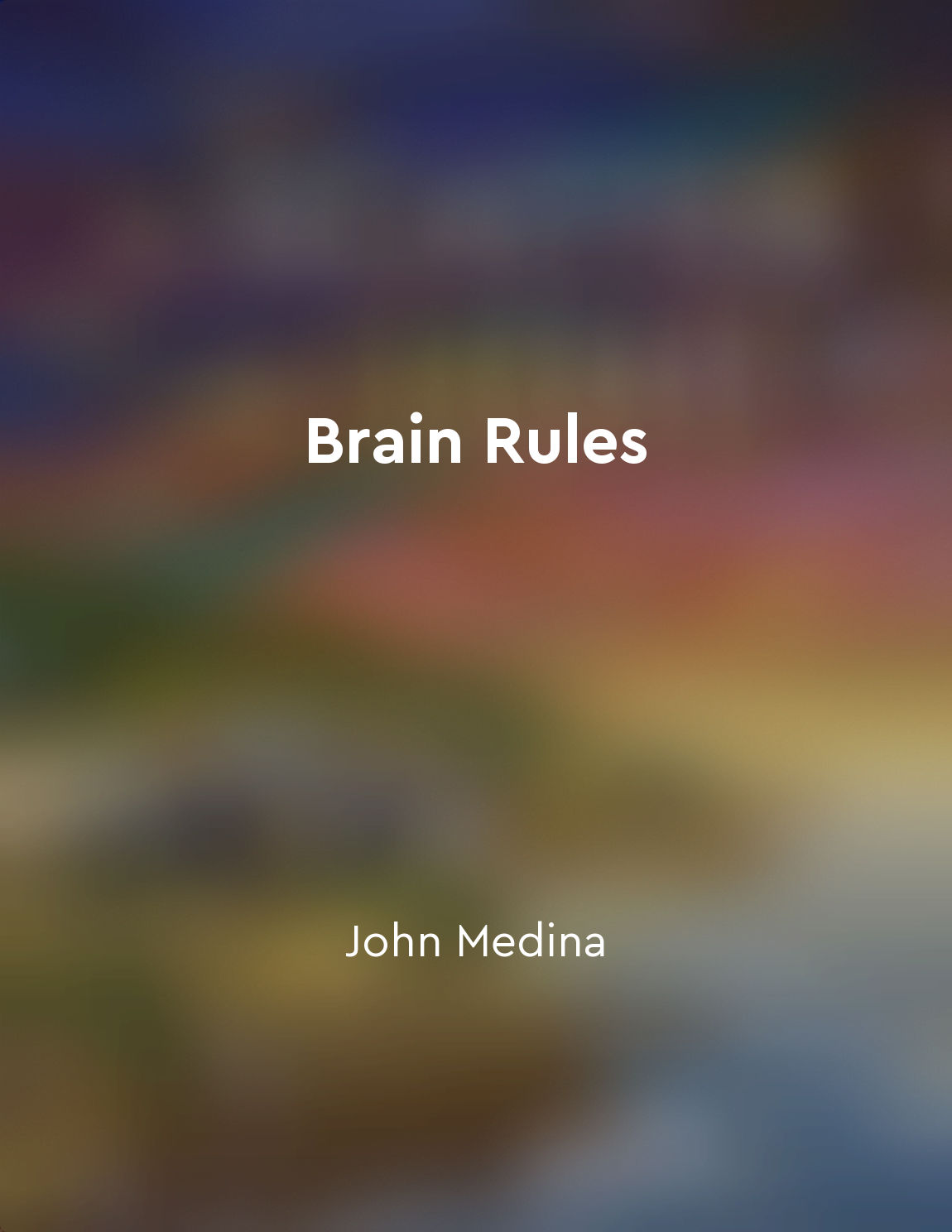Counting backwards: 5, 4, 3, 2, 1 from "summary" of The 5 Second Rule by Mel Robbins
The moment you feel the urge to act on a goal or make a decision, the 5 Second Rule can help you to move from thinking to doing. It's a simple technique that interrupts the habit of hesitating and self-doubt that often hold us back. When you count backwards: 5, 4, 3, 2, 1, you activate your prefrontal cortex and interrupt the default mode network, which is responsible for overthinking and procrastination. The counting process requires focus, which shifts your mind away from negative thoughts and excuses. As you count backwards, you're actually initiating a prompt to take action. This countdown technique is a form of metacognition, which is the practice of thinking about your thinking. By counting backwards, you're able to gain control over your thoughts and redirect your focus towards taking action. The 5 Second Rule helps you to push through feelings of fear, anxiety, and uncertainty that often prevent you from moving forward. The counting process serves as a starting point to physically move or speak out loud your intentions. It's a way to break the habit of overanalyzing situations and second-guessing yourself. By counting backwards, you're able to create a sense of urgency that propels you into action. This technique is not about eliminating fear or self-doubt; it's about acknowledging those feelings and choosing to act despite them. Incorporating the 5 Second Rule into your daily life can help you to build confidence and courage in making decisions. It's a tool that empowers you to take control of your thoughts and behaviors. Remember, the power of the 5 Second Rule lies in its simplicity and effectiveness. So, the next time you find yourself hesitating or feeling stuck, try counting backwards: 5, 4, 3, 2, 1, and see how it can help you to overcome inertia and take action.Similar Posts
Mastering selfdiscipline requires patience
To truly master self-discipline, one must understand that it is a long and arduous journey that requires patience above all els...
Create a sense of urgency
Creating a sense of urgency is a critical component of effective time management. Urgency is what motivates us to take action a...
Acceptance is the key to reducing suffering
Acceptance plays a crucial role in reducing suffering. When we resist or fight against painful experiences, we often end up fee...
Selfcompassion is key to sticking with our habits
Self-compassion is crucial when it comes to maintaining our habits. It's easy to be hard on ourselves when we slip up or fall o...

Praise and positive reinforcement motivate us
Praise and positive reinforcement activate the brain's reward center, releasing a neurotransmitter called dopamine. This chemic...
Set clear goals to stay focused on priorities
Setting clear goals is crucial for staying focused on what truly matters to us. When we have a clear understanding of what we w...
Surrounding yourself with supportive individuals can enhance your focus efforts
When we surround ourselves with people who support us, our focus efforts can be significantly enhanced. These individuals can p...
Excellence is not an act but a habit
James Clear emphasizes the importance of forming small habits that eventually lead to significant results. Instead of focusing ...
Prioritize tasks based on their importance and urgency
The concept of prioritizing tasks based on their importance and urgency is a fundamental principle of productivity that can gre...
Avoid falling victim to emotional biases
Emotional biases can cloud our judgment and lead us to make decisions that are not in our best interest. These biases can stem ...
